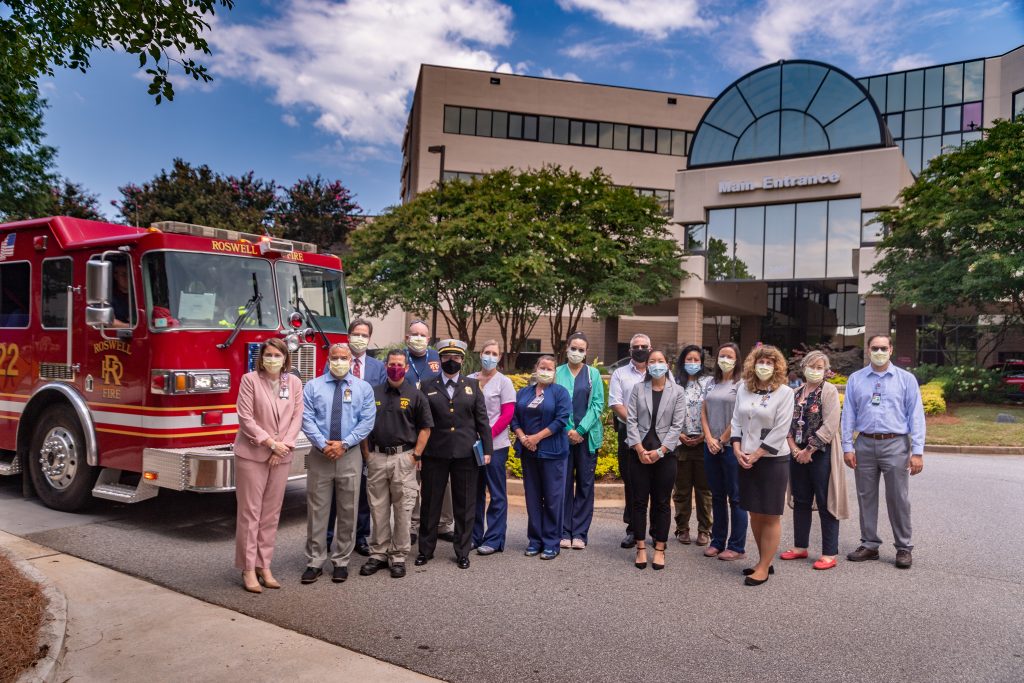In the quest for progress and innovation, it’s easy to assume that life should become more straightforward, safer, and more manageable each year. Yet, as we journey through modern existence’s complexities, we often face unexpected challenges and new layers of intricacy. One striking example of this paradox lies in the realm of fire safety.
Recently, during a fire training session, an eye-opening statistic from the UL Firefighter Safety Research Institute (FSRI) caught my attention. Forty years ago, the average household had approximately 17 minutes to escape a fire. Today, due to the prevalence of synthetic plastic materials in our homes, that escape window has dwindled to a mere 3 minutes. Our living spaces are saturated with plastic—from furniture and carpets to curtains and kitchen appliances—posing heightened risks in the event of a fire.
This shift highlights the unintended consequences of our plastic obsession and preference for cheap, mass-produced materials over quality and sustainability. Not so long ago, there were fewer possessions, but they were crafted with care from natural fibers and built to last a lifetime. It’s a reminder to reevaluate our consumer habits, embrace minimalism, prioritize quality over quantity, and advocate for sustainable, locally sourced materials.

Moreover, the COVID-19 pandemic has added another layer of complexity to the landscape of business and economics. Before the pandemic, the business world was already undergoing rapid transformation, with the rise of e-commerce, digital marketing, and remote work. However, the pandemic accelerated these trends, forcing small businesses to adapt or face extinction.
During the pandemic, small businesses faced unprecedented challenges, from navigating lockdowns and supply chain disruptions to accessing government relief programs. As we transition into a post-pandemic era, remote work and e-commerce remain prevalent, but recovery is uneven, with lingering issues such as labor shortages and inflation.
Adaptability and resilience are crucial for small business owners in this dynamic environment. To thrive in today’s landscape, here are some essential strategies:
- Embrace digital transformation: Invest in robust online platforms, digital marketing, and e-commerce capabilities to reach customers and drive sales in an increasingly digital marketplace.
- Prioritize flexibility: Adopt flexible work arrangements and business models to accommodate changing consumer behaviors and market dynamics.
- Focus on sustainability: Incorporate sustainable practices into your business operations, from sourcing materials to waste management, to appeal to environmentally conscious consumers.
- Build resilience: Diversify your revenue streams, establish emergency funds, and develop contingency plans to weather unforeseen challenges and disruptions.
- Cultivate community: Foster strong relationships with customers, suppliers, and fellow small business owners to collaborate, support each other, and collectively navigate challenges.
In conclusion, while advances in knowledge and technology have undoubtedly transformed our world, they have also introduced new complexities and challenges. Small business owners can navigate these complexities and build successful enterprises in an ever-evolving landscape by adopting a mindful approach to consumption, embracing innovation, and cultivating resilience.

